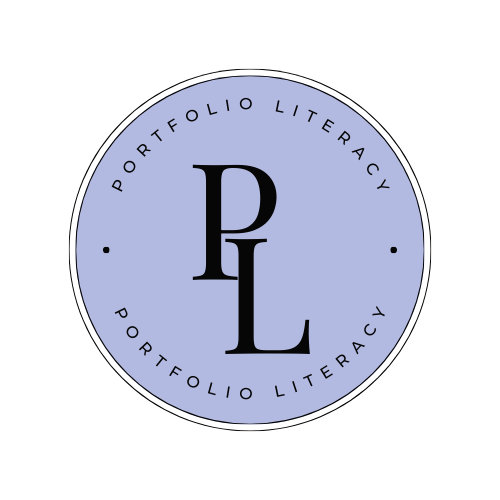Investors looking to maximize their dividend returns in the stock market often turn to dividend stocks that will provide them a high yield on cost in future years. Yield on cost helps you assess the long-term profitability of your investments by comparing the current dividend yield against the original cost of the stock. This offers a personalized perspective on dividend performance, taking into account both income and appreciation over time.
Grasping how YOC works can enhance your investment strategy by revealing how well your dividends have grown compared to your initial investment. It is a valuable tool for making informed decisions about holding, selling, or purchasing more shares of a particular stock. By focusing on YOC, you can better gauge the effectiveness of your strategy.
Key Takeaways
- Yield on Cost evaluates dividend growth over the original investment.
- It provides a personalized view of stock performance.
- YOC aids in strategic investment decision-making.
Understanding Yield on Cost
Yield on Cost (YOC) is a useful financial metric that helps investors evaluate the profitability of their dividend stocks. It considers the relationship between the dividends received and the original cost of the investment, providing insight into how well your investment is performing over time.
Defining Yield on Cost (YOC)
Yield on Cost represents the percentage of annual dividends you receive based on your initial investment cost. It differs from the current dividend yield, which is calculated on the stock’s current price. By comparing dividends to your original purchase price, YOC shows how much income you’re getting from your investment.
This metric is particularly useful for long-term investors seeking to see how their initial investments have grown in income terms. Understanding YOC can help you assess the rise in your income compared to the original cost of shares, revealing the effectiveness of your dividend strategy.
Calculating Yield on Cost
To calculate Yield on Cost, you divide the annual dividends by your cost basis. Here’s the formula:
YOC = (Annual Dividends / Cost Basis) * 100
For instance, if you invested $2,000 in a stock and now receive $100 in annual dividends, your YOC is 5%. This helps you see how much you earn each year from dividends relative to what you originally paid for the stock. Calculating YOC is straightforward and offers a clear view of your earning growth over time.
The Significance of Yield on Cost for Dividend Stocks
Yield on Cost is significant for evaluating dividend stocks because it helps you track the growth of your investment income. As companies increase dividends, your YOC can rise, enhancing the appeal of a long-term investment strategy. A high YOC indicates that the stock is providing substantial returns based on your initial investment.
Analyzing this metric can guide future investment decisions, as it sheds light on which stocks are yielding higher returns relative to others. By focusing on YOC, you maintain a perspective on the profitability of your investments over the long haul.
Take for example Berkshire Hathaway’s investment in Coca-Cola stock. Berkshire purchased $1.3 billion worth of Coca-Cola stock in 1988 and 1989, which is approximately 400 million shares. Coca-Cola’s annual dividend in 2023 paid $1.84 per share. In 2023, Berkshire Hathaway’s yield on cost is 56.6% for Coca-Cola, which is incredibly impressive.
Dividend Stocks and Investment Strategy
Investing in dividend stocks involves selecting high-quality companies with a strong history of paying and increasing dividends. Carefully selecting stocks, reinvesting dividends, and understanding growth opportunities can maximize your yield on cost (YOC).
Selecting Dividend Stocks for High YOC
When choosing dividend stocks, focus on companies with a reliable dividend history. Look for businesses with a track record of at least 25 years of dividend increases, often called Dividend Aristocrats. These companies have shown the ability to grow dividends consistently.
Assessing the stock price is essential. A lower purchase price can result in a higher initial yield, contributing to a good YOC over time. It’s also wise to consider the payout ratio, which should be sustainable. A lower payout ratio suggests that the company retains enough earnings to reinvest in growth.
Understanding Dividend Growth Investing
Dividend growth investing focuses on finding companies that not only pay dividends but also increase them regularly. This strategy hinges on selecting stocks with strong earnings growth potential and robust financial health.
Increasing dividends indicate good business prospects and management’s commitment to returning value to shareholders. By investing in companies with rising dividends, you can potentially offset inflation impacts and enhance your income stream. Aim for stocks poised for future growth in earnings and dividend growth, which can provide increasing returns over time.
I am not a big dividend investor myself; I like diversifying across investment strategies for a stable total return. Dividendology is dividend investor on YouTube who makes content for dividend investing (shocker), he has a dividend investing for beginners’ video that I believe is good place to start if you are interested in having a dividend focused portfolio.
